Brands
BMW ix5 Hydrogen; Features, Release date, Price and specs.
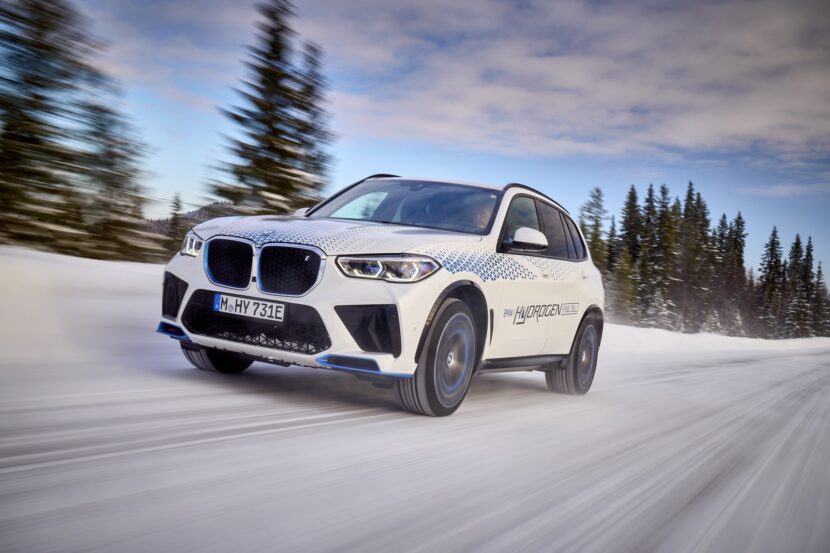
The BMW iX5 Hydrogen features BMW’s second attempt at a fuel cell electric vehicle (FCEV) with scheduled market launch and release date in 2023. The first one was introduced in 2015 inside a 5 Series Gran Turismo prototype, part of another collaboration with Toyota. The iX5 FCEV is keeping BMW’s fuel cell program alive, as the Bavarians feel that hydrogen can be a very effective technology for long-distance vehicles in the future.
The BMW iX5 Hydrogen is a rear-wheel drive modern luxury Sports Activity Vehicle (SAV) that combines ground breaking drive technology of hydrogen fuel cell with the powerful proportions and versatility of a BMW X model.
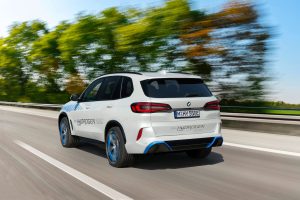
BMW iX5 Hydrogen rear
The idea is that hydrogen fuel cell-powered vehicles can be used to supplement the brand’s lineup where traditional electric vehicles have difficulties. For instance, in areas that don’t have access to high-speed charging, hydrogen can be a helpful alternative.
In the end this is BMW’s alternative to battery-powered electric vehicles which can serve as your ideal road trip car. The BMW iX5 Hydrogen is not looking to reinvent the wheel when it comes to driving dynamics. Instead, it wants you to feel at home when you step inside and especially when you start driving it. If you’re already used to electric vehicles, the FCEV iX5 will be an easy transition, without you having to think too much about the drivetrain.
BMW ix5 Hydrogen Features and Specs
|
BMW ix5 Hydrogen Features
|
|
| Vehicle type | HFCV |
| Power train | fifth-generation BMW eDrive |
| Curb weight | 2,500 kg (5,512 lbs) |
| Hydrogen tank capacity | 6 kilograms/ 700 bar |
| Number of tanks | 2 |
| Range | 400 miles |
Individual exterior and interior design elements highlight the car’s ties to the BMW i brand, as well as its specific drive technology. The inner edging of the BMW kidney grille, the inserts in the 22 inch aerodynamic wheels and the attachments in the outer portion of the rear apron are all in BMW i Blue. The entry sills and cover trim for the instrument panel also sport a ‘hydrogen fuel cell’ badge.
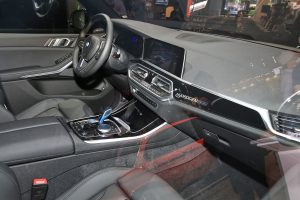
BMW-ix5 Hydrogen interior, dashboard and instrumental panel
The mesh inserts covering the cooling air openings at the front of the BMW iX5 Hydrogen, as well as the rear apron and its diffuser element; also have their own unique design. The ornamental grilles covering the BMW kidney grille, the lower and two outer air inlets and the body elements for the lower rear end trim all use 3D printing to produce prototype and standard parts.
BMW ix5 Hydrogen Aerodynamics and Sustainability
The BMW iX5 Hydrogen’s aerodynamic wheels come with sustainably produced tires made of natural rubber and rayon. The raw materials for this are extracted in compliance with the standards of the independent Forest Stewardship Council (FSC) organization.
The BMW Group is the first automotive manufacturer worldwide to use Pirelli tires made exclusively from certified natural rubber and the wood-based material rayon in its production vehicles.
BMW ix5 Hydrogen Potential Power
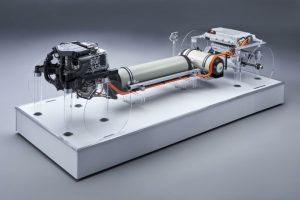
Powertrain for the BMW i Hydrogen.
The BMW iX5 Hydrogen combines fuel cell technology with a fifth-generation BMW eDrive. By converting hydrogen into electricity, the drive system delivers an electrical output of up to 125 kW/170 hp, with water vapor as the only emission. This drive power also enables it to maintain consistently high speeds over longer distances.
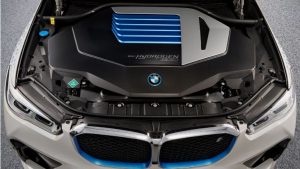
BMW-ix5 Hydrogen front fuel cell compartment.
In coasting overrun and braking phases, it serves as a generator, feeding energy into a power battery. The energy stored in this power battery is also utilized for particularly sporty driving maneuvers – delivering a system output of 275 kW/374 hp and guaranteeing the brand’s signature driving experience.
According to Dr. Guldner, BMW has made a lot of improvements since the 5 Series GT Hydrogen days, especially power density improvements. BMW is also reusing a lot of the technology from the recent BMW iX3 or iX, both which are using BMW’s fifth-generation eDrive electric motor technology. The only difference is that, instead of a battery pack supplying electricity, hydrogen fuel cells convert compressed hydrogen into electricity. A converter then adjusts the voltage of that energy to the electric motor.
BMW ix5 Hydrogen range
BMW says that during cold-weather testing, even at minus 20 degrees, the iX5 Hydrogen could still hit its full driving range, which the company has previously suggested to be around 400 miles.
BMW ix5 Hydrogen Carbon-Fiber Hydrogen Tanks and Filling.
The hydrogen needed to supply the fuel cell is stored in two 700-bar tanks made of carbon-fibre reinforced plastic (CFRP), which together hold almost six kilograms 6kg of hydrogen. Guldner stated “Filling up the hydrogen tanks only takes three to four minutes so there are no limits on using the BMW iX5 Hydrogen for long distances, with just a few, short stops in-between,”.
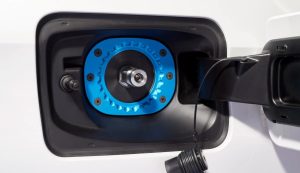
BMW iX5 Hydrogen refilling port.
The two tanks form a T-shape in the floor of the BMW iX5 Hydrogen. One tank is placed where the transmission tunnel would usually be and the other below the rear bench. The fuel cells are produced by Toyota, but the actual fuel cell stack and software layer is engineered in Munich.
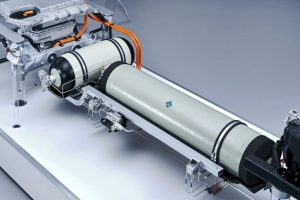
BMW iX5 T positioned CFRP Hydrogen tanks
Considering safety with hydrogen fuel, the hydrogen tank has a liner to prevent the hydrogen from going out, and that’s reinforced with carbon fiber to give it more strength. Additionally, a coating layer provides additional protection so in case of a fire the entire tank is protected. Release valves were also integrated in the car, so in case there is a fire, the hydrogen is released.
BMW ix5 Hydrogen Interiors
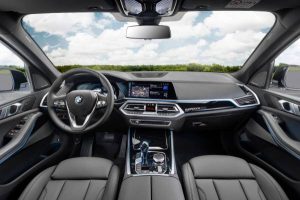
BMW iX5 hydrogen interior
The interior design of the iX5 is also the same as X5, and there are only minor visual differences here. There’s just a “hydrogen fuel cell” badge on the door sills and the passenger-side dashboard.

BMW iX5 hydrogen luggage cabin
BMW ix5 Hydrogen Price and release date
There’s not much to talk about in terms of price or options, since BMW will build fewer than 100 iX5 Hydrogen SUVs. Production of the BMW iX5 Hydrogen will commence towards the end of 2022. BMW Group says that it will manufacture only a small series of the hydrogen model in 2022. It will sell it in select regions, one of which should be the U.S., with availability in California. Germany and Japan will likely also be among the few markets of the iX5.
The market launch of the iX5 will take place in 2023. BMW Group will offer the final iX5 produced in limited numbers to select customers, VIPs, and media, but the planned production volume is not known yet. The company hasn’t said whether it will allow customers to purchase the iX5, lease it, or both. More details about the launch plan should surface at the end of 2022.
HFCV’s future with BMW and Toyota
There aren’t many traditional automakers left in the fuel cell electric vehicles space. Most of them will soon fully switch to battery-powered electric vehicles, but BMW and Toyota still believe that hydrogen will be part of our mobility future with vehicles like the hydrogen powered Toyota Mirai. Their bet is on the fuel cell stacks themselves becoming smaller and more efficient in the future, along with a buy-in from the heavy truck industry.
The latter could be the main driver behind the adoption of FCEVs which need a solid, yet costly infrastructure in place. Longer hauls are not ideal for battery-electric trucks, despite companies like Amazon or PepsiCo turning to lighter battery-electric trucks. This is the use case where FCEVs could shine and level the playfield.
In the small cars and trucks industry, there are still plenty of customers who will likely deal with the range anxiety and charging times of an electric vehicle. So the battle between BEVs and FCEVs might really come down in the end to the network infrastructure.
The journey to the Arctic Circle comes to an end, but with a BMW iX5 Hydrogen fleet planned for the road in 2023, a second adventure with the FCEV might be just around the corner.

-
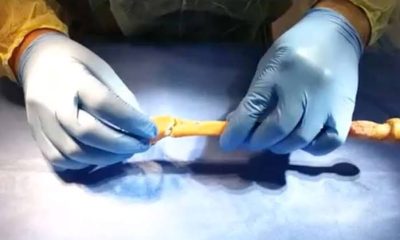
 Brands2 years ago
Brands2 years agoRevBio Tetranite Regenerative Bone Adhesive Actions and Microgravity Technology.
-
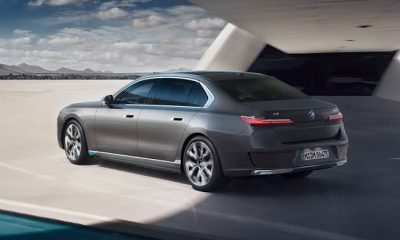
 Brands2 years ago
Brands2 years agoBMW i7 All Electric Executive Sedan Features and Price
-
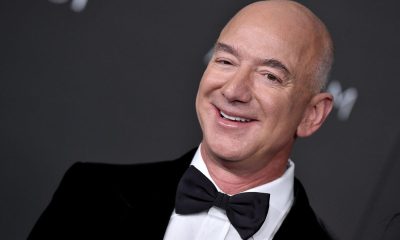
 Lifestyle2 years ago
Lifestyle2 years agoJeff Bezos; Networth, Career and lifestyle
-
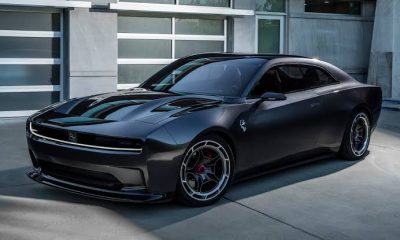
 Brands2 years ago
Brands2 years agoDodge Charger Daytona SRT EV Concept; Electric muscle car specs, release date and price
-
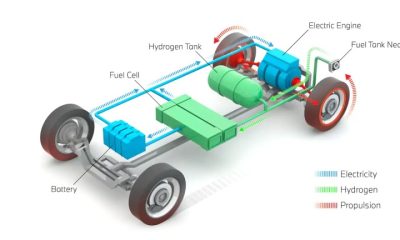
 Brands2 years ago
Brands2 years agoHydrogen Fuel Cell Electric Vehicles FCEVs; Technology and features
-
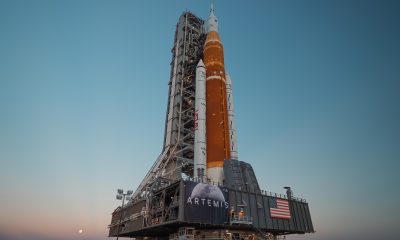
 Brands2 years ago
Brands2 years agoSpace Launch System SLS; NASA’s Artemis Mega Rocket for Deep Space Exploration
-

 Machinery2 years ago
Machinery2 years agoSmall Modular Reactors; Future of Modern Nuclear power generators
-
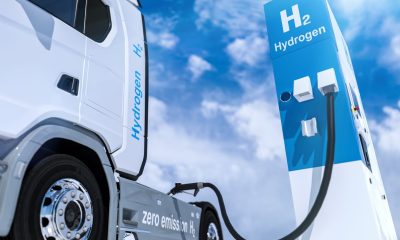
 Brands2 years ago
Brands2 years agoHydrogen Fuel; Green Fuel of the future, types and production processes.
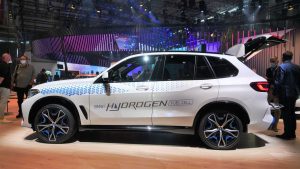
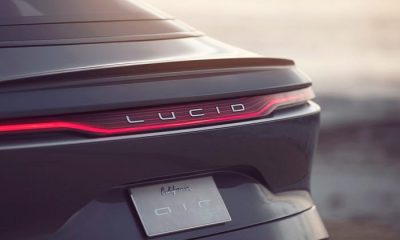

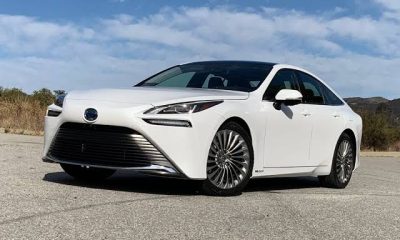

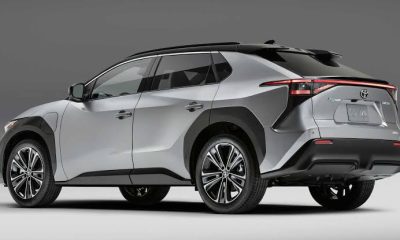

Pingback: Hydrogen Fuel Cell Electric Vehicles FCEVs; Technology and features | Lampchart